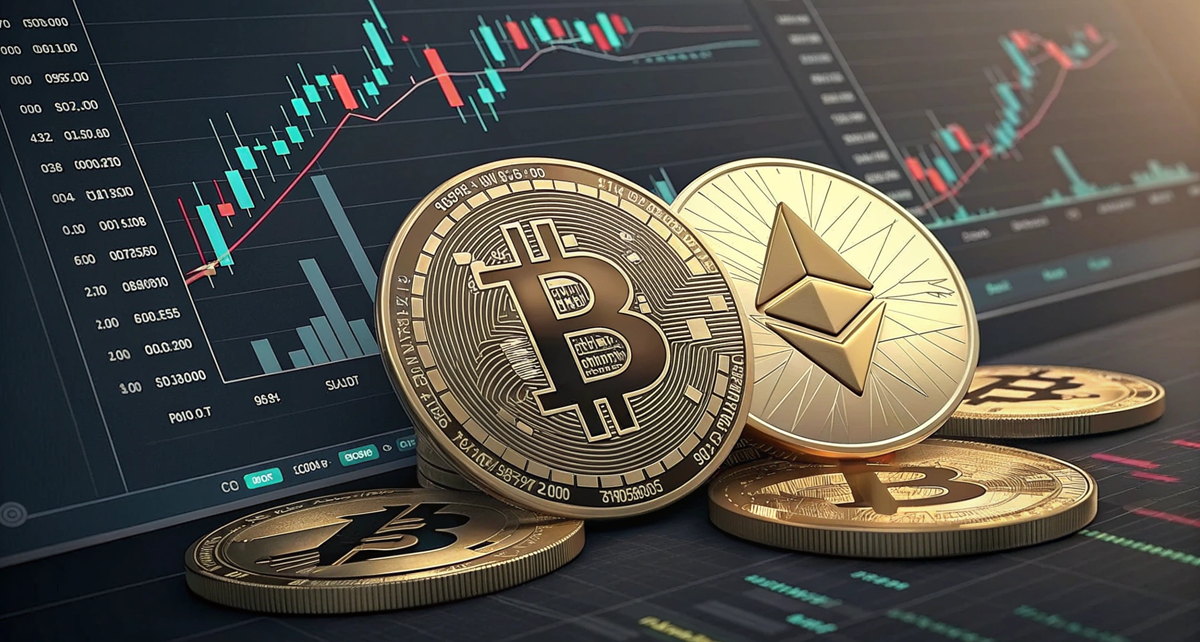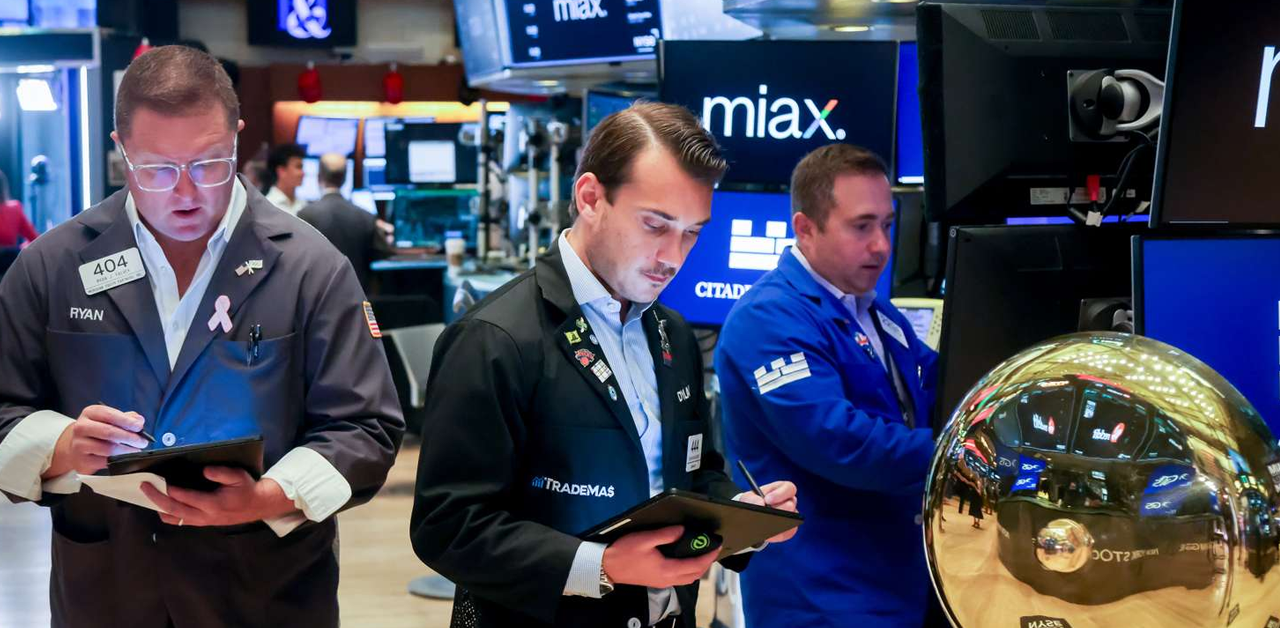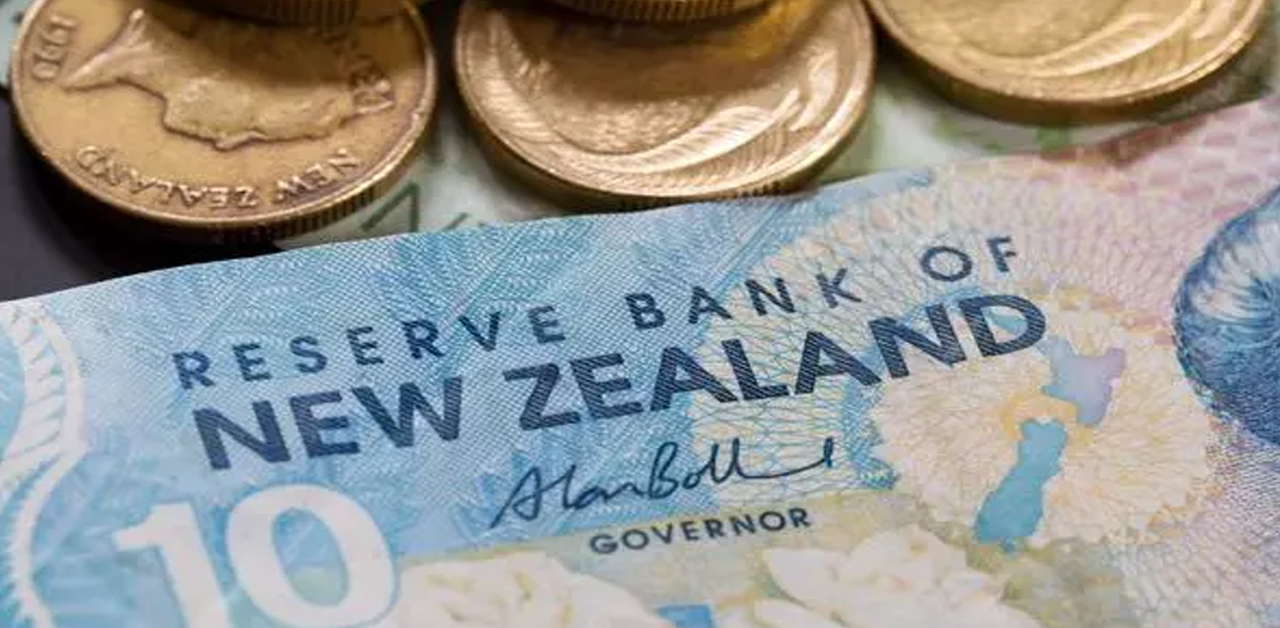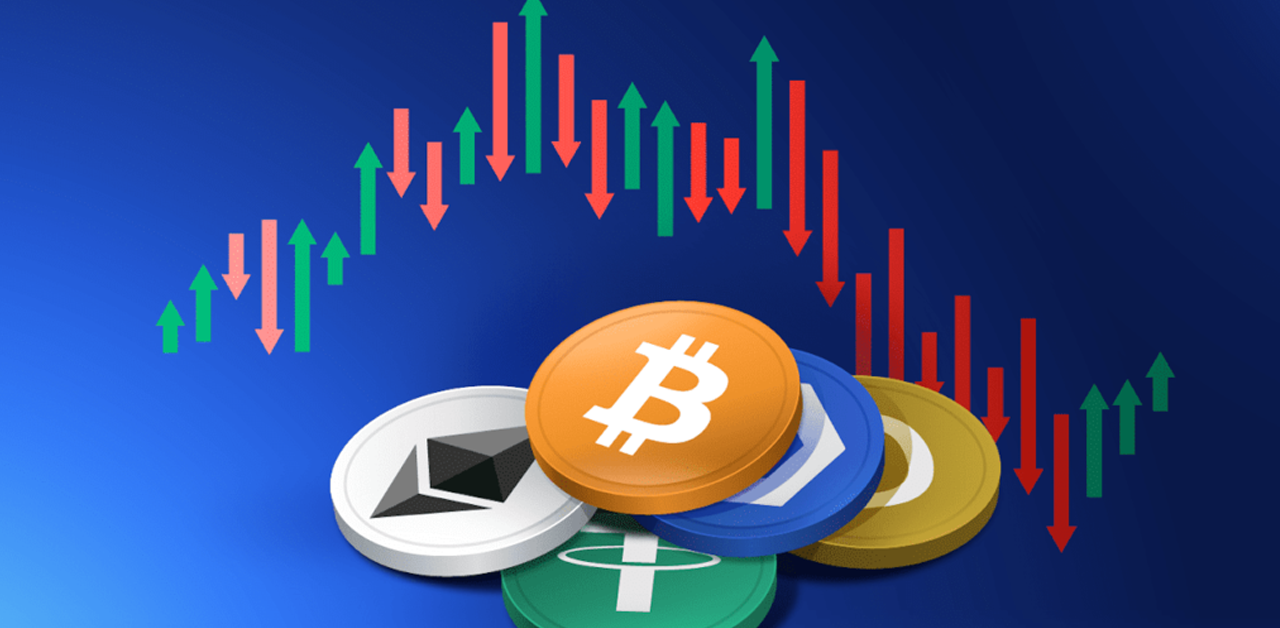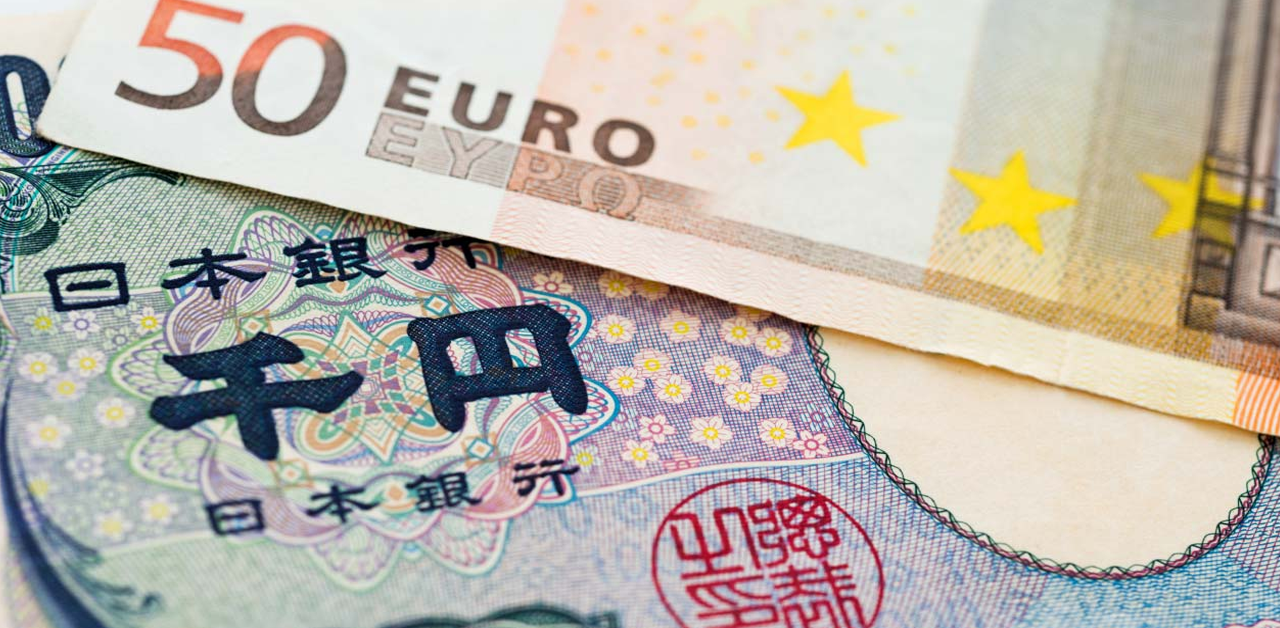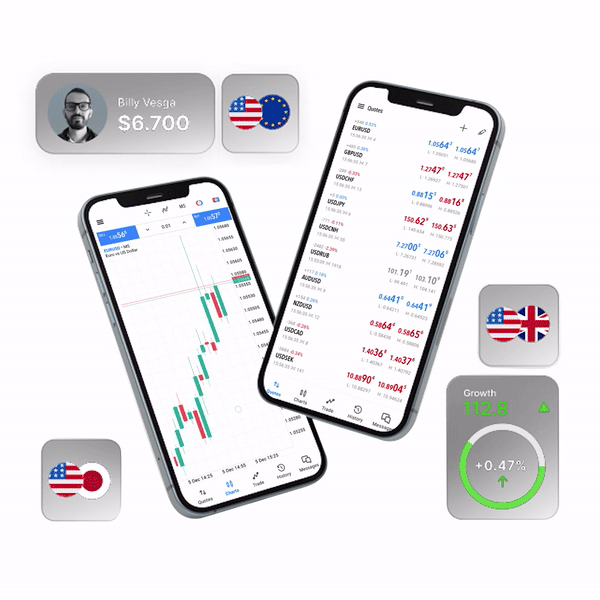GBP/USD climbed higher this week, hitting above 1.3250 on Thursday—marking six days straight of upward moves. What’s driving it? Well, the dollar’s getting weaker because more traders now expect a rate cut from the Fed come December. Despite the recent mixed bag of US economic data, most people continue to hold a more dovish view, which keeps the dollar on its back foot.
Take a look at the CME Fed Watch Tool—markets now give an 84% chance the Fed will cut rates by 25 basis points, way up from last week. Not even stronger US Durable Goods Orders or fewer Initial Jobless Claims could shake this outlook. Investors seem pretty convinced that easing inflation and political pressure will push the Fed to loosen policy soon.
Dollar Drops Even as Data Beats Expectations
Recent US numbers showed Initial Jobless Claims dropping to 216,000, beating forecasts and pointing to a solid labor market. Normally, you’d expect that to help the Dollar, but right now everyone’s focused on what the Fed does next. There’s also talk that the White House is eyeing new Fed chair candidates who favor lower rates, which just adds to the Dollar’s struggles.
Pound Gets a Boost from UK Budget Move
The Pound’s getting support from the UK government’s latest Autumn Budget. Chancellor Rachel Reeves rolled out £26 billion in tax hikes, building on last year’s revenue push. Sure, the Office for Budget Responsibility warned there’s not much fiscal wiggle room, but investors still saw the budget as a move toward stability. Reeves also pointed out the government has £22 billion in fiscal headroom left, which seems to be giving the Pound a little extra lift.


